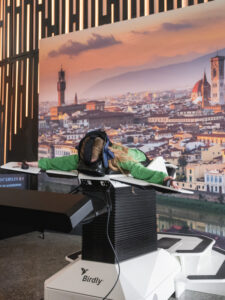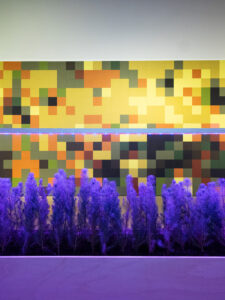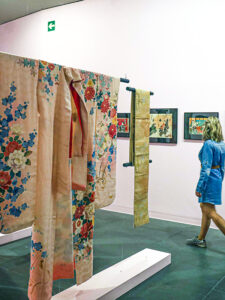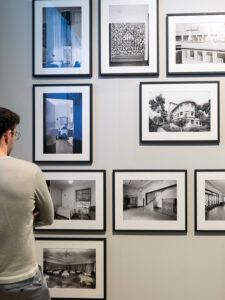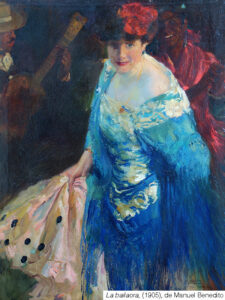UNTIL SUNDAY 20/10
CAIXAFORUM. Eduardo Primo Yúfera, 1A
The monarchical institution emerged weakened from the French Revolution of 1799 and it was noted in the loss of importance of the royal portrait, what, however, It maintained its large dimensions and the imposing character of previous centuries. In this context, one of the most recognizable paintings that you can see in XIX. The century of the portrait, the representation of Ferdinand VII in a gallant pose painted by the European genius of the portrait par excellence, Francisco de Goya. From its very birth, the portrait was associated with figures endowed with economic power., social or political that wanted to show it and perpetuate it, but the revolutionary guillotine clipped the wings of the monarchical portrait and it went into decline, That is why this exhibition organized jointly by the la Caixa Foundation and the Prado Museum uses medals to show the complete sequence of the Spanish monarchs from Charles IV to Alfonso XIII.. You will find medals, thumbnails, watercolor, drawing, etching, lithography, daguerreotype, photograph, sculpture and, of course, paint, painting with capital letters. But the other piece that will attract the attention of ordinary mortals is sculpture., the Valencian firm Mariano Benlliure and represents the genius of geniuses. The bust of Goya that is presented as a prize at the annual gala of the Film Academy has left El Prado for the first time with its tortured and expressive gesture to occupy the area dedicated to the (auto)portrait of artists at the exhibition. At this time, artists were no longer mere craftsmen., but geniuses (comparable to writers or architects) who belonged to the bourgeoisie, that's why they are portrayed with a palette and brush, but elegant and clean, without work overalls. If I am important, Why shouldn't I take a picture of myself too?? That's what you ask Ignacio Pinazo in a self-portrait in which he looks askance at the mirror wearing a hat that tells us that he paints outdoors. Artists like Rembradt, Van Gogh or Goya portrayed themselves in ways that artists had never done before and would never do later., themselves and other colleagues with whom they shared parties and work days in the studios, theme of another of the areas that structures the exhibition.
Modernity began and the portrait knew how to reflect the social changes that were taking place. With the kings in the pillory and the edges raised to the ranks of the upper classes, The portrait turned towards realism and naturalism and began to focus on society more than on mythology or religion.. Art was no longer an instrument at the service of power and the Church, Its function was broader, and gypsies had a place in it, the peasants and the Filipinos with their specific and “picturesque” beauties, that are not portrayed on request, but because of the attractiveness that artists like Isidro Nonell. They are not clients, They are models of oil paintings that the bourgeoisie will later buy and will end up being the image of a Caixaforum exhibition, like the Field India of Esteban Villanueva. But there are also women of the aristocracy painted to order, of course, as The lady of Delicate from Imaz richly jeweled and combed to the three powers (Typical hairstyle of the last years of the reign of Ferdinand VII) where Vicente Lopez, naughty as ever, reflects with extraordinary verism the ugliness of the sitter, close-browed and with a mustache. Then there are the men, who took off their wigs and heels to dress in a simple and austere way, so that aristocrats and big bourgeoisie were indiscernible, So artists began to concentrate on the effect of expression and character. The representation of childhood was also important, as age par excellence of man, full of grace and spontaneity. Joaquin Sorolla for example signature The girl María Figueroa dressed as a menina in an almost sketched tribute to Velázquez, with diluted and elongated brushstrokes that catch drips; Pinazo He paints his son with an expression of boredom at having to pose once again for his father and Emilio Sala portrays the girl who would become the great actress María Guerrero. The Valencians were very capable of freezing the moment and are a central part of this ninth exhibition of Caixaforum in Valencia, the first with funds from The Prado, that teaches us how it was portrayed in Spain in the preamble of Modernity. S.M.


